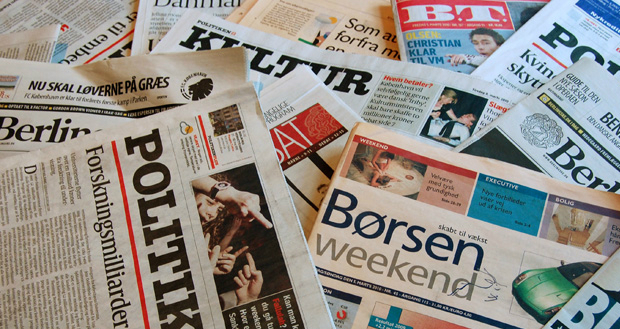The announcement on the weekend confirmed that the new tax would bring cost increases to business.
Bill Healey CEO of Printing Industries says the printing industry was already operating in a challenging environment which now had a new dimension of increased operating costs and uncertainty to deal with.
“The industry already operates under reduced margins. It would appear that the two-speed economy has put a break on spending in a number of areas that traditionally have generated demand. This has been exacerbated to a degree by surplus capacity in the industry and the shift to new online delivery channels.
“The industry will now face rising energy costs, raw material costs and possibly freight and transport costs. This will be a major disincentive for investment.
Healey adds while the printing industry was not among the 500 top emitters of greenhouse gases, the indirect impact of the Carbon Tax on an industry with manufacturing businesses in every electorate of the country would be significant and drawn out, affecting profitability and future viability.
Also commenting, Hagop Tchamkertenian, national manager for policy and government affairs at Printing Industries says the assistance measures announced by the government were unlikely to ease the carbon tax pain.
He says, “The proposed Clean Technology Investment Program, designed to assist manufacturers modernise their equipment and upgrade to less polluting equipment and cleaner technologies, is likely to be a competitive based grants programme.
“An inherent disincentive is the requirement that for every dollar contributed by the government, printing businesses need to contribute three dollars. There is also the requirement that the business must have facilities that use more than 300 megawatt hours of electricity or five terajoules of natural gas a year.”
Tchamkertenian also says Printing Industries’ initial assessment was that at best, only up to 20 per cent of printing industry businesses may be eligible for funding.
He said the government had heeded Printing Industries calls for sectoral economic modelling and had released analysis as part of the carbon price package showing positive growth forecasts for the printing industry.
“The Treasury economic modelling shows that the printing industry is expected to continue to grow over the long term under the government’s proposed Carbon Price Mechanism and global emissions action scenarios.
Tchamkertenian continues that reflecting the shift of resources from manufacturing to services, the printing industry’s economy wide employment share was forecast to fall from 0.8 per cent in 2020 to 0.6 per cent by 2050.
Healey says the forecasts underlined the importance of businesses continuing to find ways of reducing costs, a very well known scenario for the printing industry.
Comment below to have your say on this story.
If you have a news story or tip-off, get in touch at editorial@sprinter.com.au.
Sign up to the Sprinter newsletter



